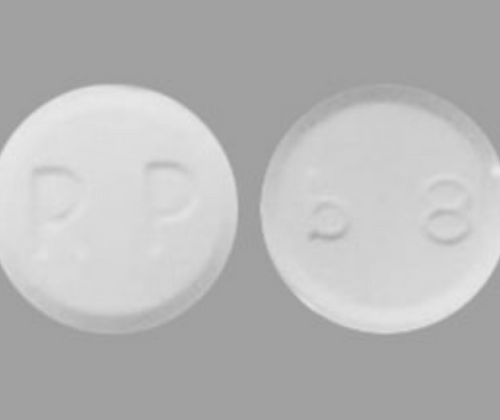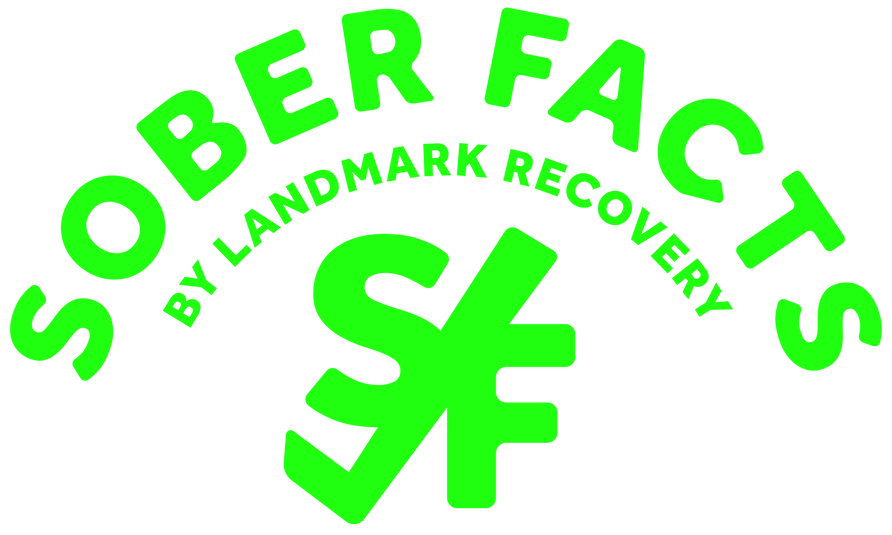Choosing recovery close to home means your support system is just a few miles away.
- 100% Confidential
- Available 24/7
- No Pressure to Commit
- Multiple Financial Options Available
Choosing recovery close to home means your support system is just a few miles away.

Sounds Like: bue.pre.nor.feen
Classification: Opioid Agonist
Controlled Substance Act Schedule: III
Other names for Buprenorphine

Buprenorphine is a prescription opioid to treat chronic pain and the effects of opioid use disorder. It belongs to a class of drugs known as opioid agonists. Buprenorphine works by binding to the same opioid receptors in the brain and spinal cord, for example, as other opioids like fentanyl and heroin. Opioid receptors are responsible for the “euphoric high” people experience when they use drugs.
In the United States, buprenorphine is often used in combination with naloxone (called Suboxone) or behavioral therapy as part of an addiction treatment program to discourage injecting drugs. Buprenorphine works slower than other illegal opioids and produces weaker effects of respiratory depression (weak breathing), making it easier for a person to reduce cravings and withdrawal symptoms.
Buprenorphine is available in different forms under the trade names Cizdole, Brixadi, Zubsolv, Bunavail, Buvidal, Sublocade, Probuphine, Temgesic, Buprenex, Norspan and Butrans.
Buprenorphine produces opioid effects, meaning it has a potential for abuse that can cause physical and mental dependence, especially for people without an opioid dependency. Although recreational use of buprenorphine works slower than other illegal opioids, its effects can last between 24 to 60 hours. Once a person develops a tolerance to the effects of buprenorphine, they might take more.
Although this is a sign of dependence for the person, taking more buprenorphine won’t increase its effects. However, withdrawal symptoms might occur if a person stops taking the drug. Combining buprenorphine with alcohol or other street drugs could cause shallow breathing or a fatal overdose.
Buprenorphine withdrawal isn’t life-threatening but can be treated under the supervision of a medical detox program.
Need help with Buprenorphine or another drug addiction?
Call Landmark Recovery and speak with an admission specialist today.
Call NowWe're available 24/7 to help you find Recovery
The U.S. Food and Drug Administration approved two buprenorphine products (Suboxone and Subutex) to treat narcotic addiction in 2002, according to the DEA. Long-term buprenorphine at higher doses is shown to be as effective as methadone at preventing relapses in people with opioid use disorder.
Take Buprenorphine exactly as directed by your doctor or pharmacist.
Buprenorphine should be taken as prescribed. Sublingual (under the tongue) tablets are usually taken at the start of addiction treatment, either during detox or at a residential treatment center. Buprenorphine is taken daily until a patient’s body returns to a stable condition. During detox, patients also might be switched to medications that contain buprenorphine, like suboxone.

If any of these side effects become severe, immediately call a doctor.
Stealing items or money to buy more buprenorphine
Unsuccessful attempts to stop using buprenorphine
Legal or financial problems
Lying to a doctor for another prescription of buprenorphine
Taking buprenorphine in combination with alcohol or other drugs
Injecting buprenorphine without medical supervision
Buprenorphine costs nearly $6,000 per shot with insurance
Since 2002, more than 80% (138 million) of all buprenorphine prescriptions (171 million) were naloxone combination products
More than 700,000 U.S. adults report misusing buprenorphine